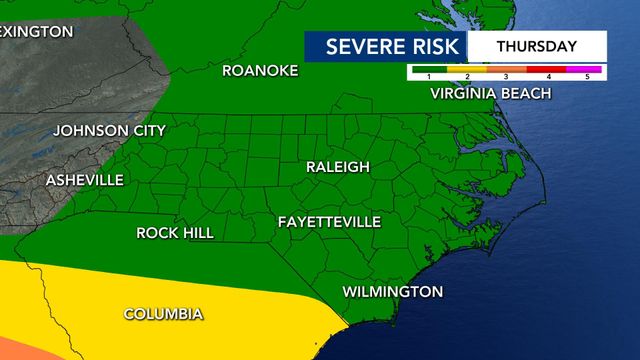Ask the meteorologist: How to tell how much rain fell?

Rainfall is a critical component of our weather, impacting everything from agriculture to water resource management. Whether you're planning your day, tracking weather patterns, or just curious about historical rainfall data, knowing where to find reliable information is essential. In this article, we'll guide you through various resources for accessing rainfall totals at the local, statewide and national levels.
The Question: Where can I find rainfall totals?
To access rainfall and precipitation data, you have several options ranging from local weather stations to national climate monitoring tools. The choice of resource depends on your specific needs and the level of detail you require.
Local Rainfall Data: Weather Stations
If you're interested in rainfall totals for your local area or a specific city, weather stations provide valuable data. The website www.wunderground.com is a convenient platform to access this information. Here's how to use it:
- Visit the website mentioned above.
- Enter the desired location using a city, state, ZIP code, or even an airport code (e.g., KRDU for Raleigh-Durham International Airport).
- Select the date you want to investigate.
- Once on the page, you can view rainfall data in various formats, including daily, weekly or monthly summaries. To explore hourly or daily observations in detail, simply scroll to the bottom of the page.
Statewide Rainfall Data: National Weather Service
For statewide rainfall data in the United States, the National Weather Service offers a useful resource. Visit www.weather.gov to access tables of information from selected weather stations. While this resource is more limited in scope than others, it provides valuable data for state-level analysis.
National Rainfall Data: Radar Precipitation Estimates
To access national rainfall estimates calculated from radar data, visit water.weather.gov. This platform provides maps with gauge-corrected radar precipitation estimates over various time spans. It offers a broader perspective on precipitation patterns and is particularly useful for tracking weather systems on a national scale.
Broad National Overview: NOAA Climate Prediction Center
For a broader national overview of precipitation trends, including historical data and monitoring products, the NOAA Climate Prediction Center (CPC) offers valuable resources. You can explore precipitation trends at www.cpc.ncep.noaa.gov. This platform provides insights into precipitation anomalies, trends, and long-term data for the entire United States.
Whether you're planning your day, conducting research, or simply are curious about rainfall patterns, finding reliable rainfall totals is crucial. With the resources mentioned above, you can access rainfall data at various levels, from local weather stations to nationwide radar estimates. These tools empower you to stay informed about rainfall trends, make informed decisions and gain a deeper understanding of our ever-changing weather patterns.












